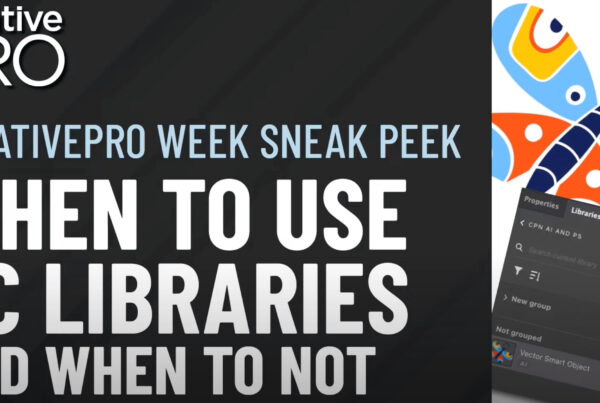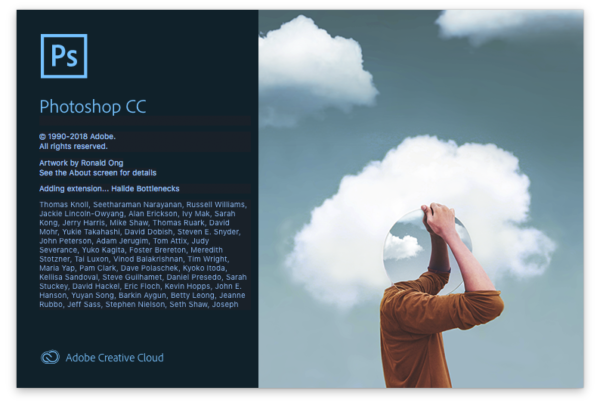InDesign is a great application for page layout, but not so good for large format. I haven’t found a large format printer who will accept inDesign files. Illustrator is the perferred layout application for large format printing.
If you design with inDesign there are a few options.
Export to PDFPDF is short for Portable Document Format. More
Export your final design as a high-res .pdf file. Check with your printer first. Make sure they will accept your high-res .pdf (most will). Also, find out what settingsAn application's behaviors and preferences are controlled with settings. More they want you to use. You will need to know resolutionImage resolution measures the number of pixels in an image as it is displayed or printed. Pixels Per... More, color spaceThree-dimensional mathematical model enclosing all possible colors. The dimensions may be described ... More, and whether or not to apply bleedBleed is a print term used to describe the graphics or ink colors that fall outside of the trim area... More and marks.
Export to EPSEPS is short for Encapsulated Postscript. The file format was created by Adobe in the late 1980s t... More
Export your file to EPS. Again check with your printer first to confirm they will accept your file.
PDF Risks
If your inDesign file contains shadows and glows they may do weird things to your .pdf. If the shadow goes over a placed image, the .pdf may slice up the image. Most of the time the .pdf file will print just fine, and you won’t see where the image was sliced up.
Gradients created in inDesign are likely to band when printed from your .pdf.
Typical .pdf files have a 200″ file size limit. InDesign’s file size limit is 216″. If you your document is between 200-216″ you won’t be able to export to .pdf without first scaling the document.
Your printer will not be able to edit your file. You may think this is a good thing. Sometimes it is, but what if the finishing option changed after you sent the file and you didn’t include enough bleed? Your printer’s prepress department will usually fix something like this.
EPS Risks
You may have font problems with the EPS file. Make sure to outline your fonts in inDesign before exporting your eps file.
If you design with a lot of images, your exported eps file may be hugh. In effect your final file will be larger than needed and include more pixelPixels are the smallest unit of a digital display or digital image. A raster or bitmap image is made... More information than the printer really needs. See article Managing File Sizes.
Same as the .pdf, your printer will not be able to edit your file.
Other InDesign Pitfalls
InDesign makes it really easy to design with all types of images and collateral, but you won’t be able to tell if your linked files are the best quality for large format outputOutput transfers information from a digital file to an external device like a monitor, or printer. More. Previewing your design in high-res will help, but it’s not a perfect indicator of image quality. Combining images in Photoshop is a much better workflow because it gives you a “what you see is what you get” approach to design. See article Large Format File Resolution.
Designing with InDesign denies you the option to supply your printer with a file they can preflight and edit if needed. Many printers still manually edit pantone CMYKWhat is CMYK? Cyan, Magenta, Yellow, and Black (or Key) are the four colors of ink used in four-colo... More mixes. Designing with pantone colors in InDesign prevents their ability to dial in your colors to match the appropriate press.
The bottom line is that InDesign is a page layout application. It is not intended for large format.



